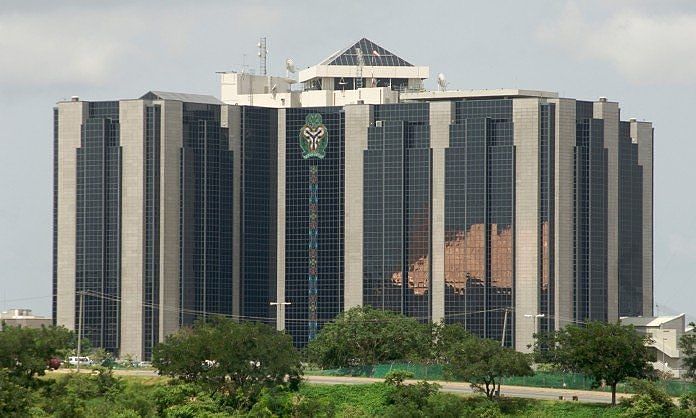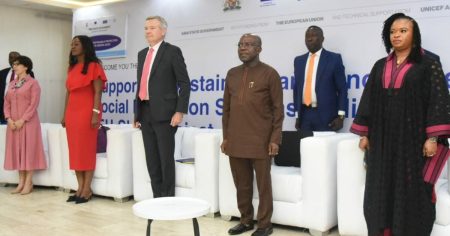Paragraph 1: The Central Bank of Nigeria (CBN) experienced a substantial decrease in its net loans and receivables in 2024, amounting to N4.145 trillion. This significant reduction was primarily attributed to a decline in the CBN’s overdraft to the Federal Government and adjustments across various loan categories. At the bank level, net loans and receivables dropped from N16.122 trillion in 2023 to N11.977 trillion in 2024. The group level figures mirrored this downward trend, decreasing from N15.091 trillion to N10.959 trillion, a reduction of N4.132 trillion. This shift signals a move towards greater fiscal discipline and a recalibration of the CBN’s role in government financing.
Paragraph 2: A major contributor to the decline in net loans and receivables was the substantial reduction in the overdraft extended to the Federal Government under the Ways and Means provision. This facility, which allows the government to borrow from the CBN to cover short-term funding gaps, had reached concerning levels under the previous administration, raising questions about fiscal sustainability and the potential for inflationary pressures. The Ways and Means balance decreased from N7.948 trillion in 2023 to N3.268 trillion in 2024, a decrease of N4.679 trillion, representing a 58.89% reduction. This significant decrease reflects the CBN’s commitment under Governor Yemi Cardoso to move away from fiscal dominance and prioritize monetary stability.
Paragraph 3: The reduction in the Ways and Means balance was achieved through a combination of securitization and repayment. In 2023, the National Assembly approved the securitization of N22.7 trillion of these advances, converting them into longer-term debt instruments. This measure aimed to mitigate the inflationary impact of the overdrafts and restore monetary policy effectiveness. Furthermore, the Federal Government repaid a portion of the outstanding balance, amounting to N7.3 trillion, demonstrating its commitment to reducing reliance on central bank financing and promoting fiscal responsibility. This concerted effort to manage the Ways and Means balance underscores a shift towards more sustainable fiscal practices.
Paragraph 4: While the Ways and Means facility saw a significant reduction, other loan categories exhibited varied changes. The CBN’s Standing Lending Facility (SLF), a mechanism used to manage short-term liquidity in the banking sector, increased substantially, rising from N29.431 billion in 2023 to N386.904 billion in 2024. This increase, though relatively small within the overall portfolio, suggests increased activity in the interbank lending market. Long-term loans also experienced growth, increasing by N712.673 billion to reach N2.722 trillion in 2024, indicating the CBN’s continued participation in select longer-term financing programs. Meanwhile, AMCON notes, which play a vital role in stabilizing the financial system, increased slightly to N4.136 trillion.
Paragraph 5: The CBN’s financial statement also revealed significant progress in recovering funds from its various intervention loan programs. Total recoveries in 2024 amounted to N252.996 billion at the bank level and N224.64 billion at the group level, reflecting the CBN’s efforts to recoup funds from these initiatives. The Anchor Borrowers’ Programme, a subject of much public scrutiny, saw substantial repayments, with outstanding balances decreasing by N112.922 billion at the group level and N111.971 billion at the bank level. Other programs, including the Commercial Agricultural Credit Scheme and the Real Sector Support Facility, also recorded significant recoveries, indicating the CBN’s focus on improving loan performance and fiscal prudence.
Paragraph 6: These financial developments coincide with a strategic shift in the CBN’s approach to development finance under Governor Cardoso. Moving away from the previous administration’s interventionist model, the CBN is prioritizing monetary stability and reducing its direct involvement in development finance initiatives. Cardoso has argued that excessive intervention distorts monetary policy transmission and hampers private sector lending, leading to a more focused approach on core central banking functions. The 2024 financial statement provides clear evidence of this policy shift, showcasing a significant reduction in the CBN’s loan portfolio, increased recoveries from intervention programs, and a renewed emphasis on financial discipline. This change in direction signals a commitment to a more sustainable and effective approach to monetary policy and financial system stability.














